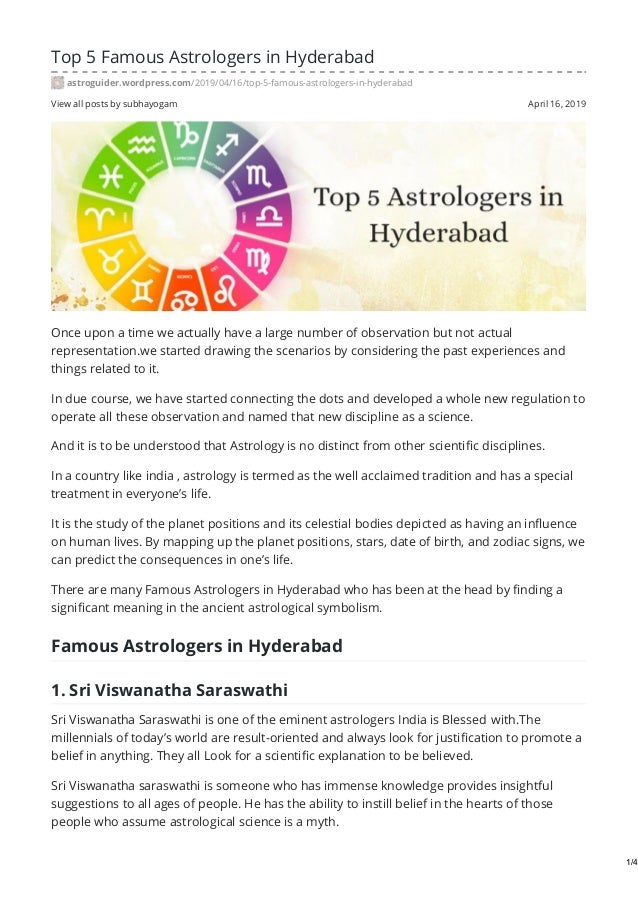If you are even reasonably serious about doing some astrophotography you will eventually want an autoguider and guide scope to make sure your images are as sharp as possible. Although these are used together, they are two different items but I will try to keep it all in packages to make it easy for you.
What does an autoguider and guide scope do?
AstroGuider (Mac OS X, payware, free trial) PHD2 (Mac OS X, free, open source) Hardware. A few weeks ago I bought a ZWO ASI120MC-S astro camera, as that was on sale and listed by Nebulosity as supported by OSX. Until then I'd messed around with a hacked up Logitech webcam, which seemed to only be supported by the Photo Booth app. Learn how to use an auto-guider with your SkyGuider Pro or Star Adventurer! We'll cover which auto-guider works best, how to attach your auto-guider, and ho.
- Disabled toolbar buttons issue fixed, guider agent updated: https://download.cloudmakers.eu/AstroGuider4.0572.dmg.
- Astro Gold for macOS is the latest in reliable and elegant astrology software for the Mac computer. This new software app has a similar feature set and design to the much loved iOS app of the same name and has been developed by the highly successful creators of the much-loved Solar Fire software for PC.
- Selecting a Guide Scope and Autoguiding Camera for Astrophotography Author: Brian Ventrudo Published: July 20, 2017 Discuss this article in the forums 1. Overview - The Need for Autoguiding 2. Options for Autoguiding 3. Aperture and Focal Length of a Guide Scope 4. Mounting a Guide.

An autoguider is basically a camera that can either connect to your mount or a computer and tracks a specific star. When the selected star moves more than a specified amount away from the spot where it is supposed to be in the images the camera takes, it tells the mount to move a certain amount to keep that star dead in the center of the frame.
This makes sure that your mount is tracking the stars as accurately as possible and by doing so, makes sure that your images are as sharp as possible. This is because as a mount tracks an object, it can be off just a tiny bit. When this happens you get movement of the image in the camera making the objects blurry. This might just be a tiny bit, but using an autoguider can solve this problem.
The guide scope is a small telescope, sometimes as small as a finder, which the camera uses to see the stars.
Now lets take a look at some telescope reviews!
Best autoguider and guide scope packages
Astromania has always been a great source for inexpensive astronomy gear and their Astromania Camera Easy Autoguiding Set50 shows why. Included is everything you need to get started guiding including the camera, rings, mount, 50mm guide scope, cables, drivers, and more.
The good news is that this is a really nice setup that can save you quite a bit when compared to other kits such as the Orion models below. The bad news is that these seems to be of a little cheaper construction and have a much lower quality control than the Orion versions with several people reporting some pretty substantial issues that prevent the use of the products.
If I didn’t mind futzing around with it to fix little issues and the possibility of having to do an exchange, then saving the money sure seems tempting. This is particularly true since Astromainia has always been an excellent company to deal with.
For a long time the default standard for all new astrophotographers was to get the Orion Starshoot autoguider, and that is still one of the most popular choices. Not only is this true because they work very well and are supported by virtually every software guiding package out there, but also because they are one of the few manufacturers who put together complete kits for you. Let’s take a look at a few of these Orion kits.
Without a doubt the easiest way to add an autoguider and guide scope to your setup is this Orion Magnificent Mini AutoGuider Package. With this package all you do is slide the guide scope into your existing finder mount, insert the Orion autoguider camera into the back of the guide scope, plug it in, and turn it on!
Sure you then have to either plug it directly into your mount or into your computer and configure the tracking software but at least installation of the package could not be easier.
This setup has been proven for years and I have seen it give excellent results with virtually all types of telescopes including short and long refractors, Newtonians, and even SCTs.
You would be hard pressed to find anything that works this well for this amount of money.
Need a bigger guide scope for more options on guide stars? This Orion CT80 80mm Refractor Starshoot AutoGuider Package has you covered. They took the tried and true Starshoot autoguider camera and mated it with their 80mm short tube refractor, added in a Vixen style rail and tube rings to give you an amazing autoguiding package.
This package is excellent for larger telescopes or for areas where there is a lot of light pollution and you have trouble finding stars to guide off of. I have used one of these for years and it always does an excellent job.

The last Orion kit we will talk about is their newer Orion Starshoot AutoGuider Pro & 60mm Guide Scope Package. This kit contains their latest Starshoot Autoguider Pro camera which improves on the sensitivity of the older Starshoot camera and also reduces the weight.
They have paired this new camera with a very nice 60mm guidescope complete with tube rings, a Vixen finder mount rail, and a very nice helical focuser.
While probably not as compatible with guiding software as the older Starshoot camera, it is compatible with PHD which is overwhelmingly the most popular autoguider software out there. It also has a port for connecting directly to your mount if that is how you guide.
This kit would probably be as good or better than the previous kit with the 80mm scope and would do it being much lighter and easier to deal with.

Related Posts
Foundations of Imaging Observing Program Coordinator: Dan Crowson |

Appendix 3: Imaging Software
Astroguider Cloudmakers
(Software references as of May, 2020)
The following is presented to develop key concepts of imaging and astrophotography, including terminology, equipment used, software used, fundamental concepts of image processing, and common vocabulary. You are encouraged to seek out more detailed works that can be found in print and on the internet. Free software is indicated as (free).
The tools for imaging are constantly changing. If you discover and have success with other imaging tools for Windows or another OS, let the program coordinator know and we will update the information presented here.
A more complete list for iOS and INDI will to be added soon.
Astroglide Rash
Windows | Mac | Linux | |
Standards | ASCOM | INDI ASCOM Alpaca | INDI ASCOM Alpaca |
Planetary Imaging | FireCapture AstroSurface | SIRIL Planetary-imager | Planetary-imager Kstars with INDI |
DSO Imaging | MaximDL Nebulosity APT The Sky Prism Voyager Sequence Generator Pro (SGP) Nighttime Imaging ‘N Astronomy (NINA) | Nebulosity The Sky AstroImager Kstars with INDI | Kstars with INDI |
Live Stacking | SharpCap ASIStudio (ZWO only) AstroToaster | ||
Guiding | PHD2 MetaGuide | PHD2 AstroGuider | Kstars with INDI Lin Guider PHD2 |
Processing | Registax AutoStakkert! WinJUPOS GIMP AstraImage PixInsight PhotoShop | SIRIL GIMP Photoshop PixInsight | Kstars with INDI GIMP PixInsight |
Stacking | DeepSkyStacker PixInSight AstroToaster Astrometric STAcking Program (ASTAP) | SIRIL | Kstars with INDI |
Planetarium | Sky Chart / Cartes du Ciel Stellarium | Sky Chart / Cartes du Ciel Stellarium Luminos | Sky Chart / Cartes du Ciel Stellarium |
Plate Solving | AstroTortilla* Astrometric STAcking Program (ASTAP) | ||
Automation | Sequence Generator Pro | Astroberry | |
Photometry | Astrometric STAcking Program (ASTAP) |
Fundamentals of Imaging Observing Program Coordinator:
Dan Crowson
5 Nightfall Court
Dardenne Prairie, MO 63368
(314) 494-5224
E-mail: dcrowson@crowson.com
Links:
- Return to Foundations of Imaging Observing Program main page.
